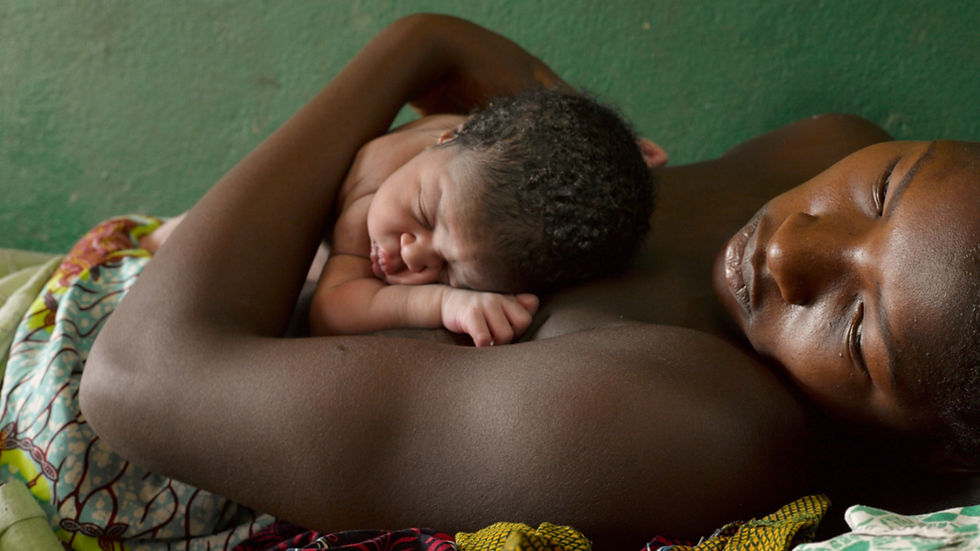Muso Takes on Obstetric Hemorrhage, Leading Cause of Global Maternal Death
- Muso

- Jul 21, 2022
- 3 min read
Updated: May 22, 2024
Obstetric hemorrhage (OH), characterized by any form of excessive bleeding during pregnancy, childbirth or the postpartum period, remains a devastating cause of maternal mortality globally. In June, Muso organized a training to improve the care and treatment provided to women suffering from OH in Mali and in Côte d’Ivoire. This training introduced participants to the non-pneumatic anti-shock garment (NASG), a life-saving tool that reverses hypovolemic shock and increases the likelihood of survival of women before, during, and after childbirth.

In 2017, over 800 women died every day from preventable causes related to pregnancy and childbirth, with over 90% of these deaths occurring in low and lower middle-income countries. According to a 2017 World Bank study, 562 Malian women die per 100,000 live births, and in Côte d’Ivoire, this number was estimated at 617. This tragic phenomenon creates a devastating loss within the family structure, often leaving children and partners with crushing psychological, social, and economic consequences, as well as negative impacts on the physical health of the newborn. Obstetric hemorrhage remains the leading cause of maternal mortality, making up one-quarter of global maternal deaths. The good news: complications related to OH are mostly preventable and treatable when detected and treated in time. To address these preventable maternal deaths, Muso partnered with Michelle Therrien, Project Director of the Global NASG Projects at the Safe Motherhood Program at the University of California San Francisco, to strengthen capacity around the diagnosis and treatment of complications that may arise at all stages of pregnancy. Therrien and the Muso team led and facilitated trainings throughout the month of June in Mali and Côte d’Ivoire on the use of the NASG primarily aimed towards medical staff from different regions of both countries. The NASG, which has been recommended by the WHO as a life-saving accessory since 2012, accelerates the decline of OH by stabilizing the patient and preventing excessive bleeding. This allows a margin of time while the patient waits to receive a blood infusion or undergo surgery. Maimouna Coulibaly, a midwife at the Bankass Referral Health Center (CSREF) and training participant says:
The introduction of the anti-shock clothing means a lot especially in the Bankass area because we are stationed in a remote area so it will help save a lot of lives, a lot of women, so we are very happy to do this training. — Maimouna Coulibaly, Midwife at Bankass CSREF
The NASG is assembled from nine articulated segments that wrap around the lower legs, the pelvis, and the abdomen where it is locked with a set of two ribbons. Once applied, the patient fully stabilizes after three hours. The NASG can then be removed gradually or left on for several hours after the hemorrhage occurs.
The use of the NASG could bring about a significant reduction in maternal deaths in Mali and Côte d’Ivoire. “I saw a huge impact and a fantastic reduction in [maternal] mortality,” says Michelle Therrien:
We launched in Tanzania with 280 installations, spread within eight regions, and we observed a reduction of 68% in Obstetric Hemorrhage mortality, which is much greater than initially anticipated. I think we can do something similar in Mali. — Michelle Therrien, NASG Project Director















Comments